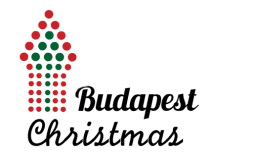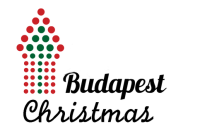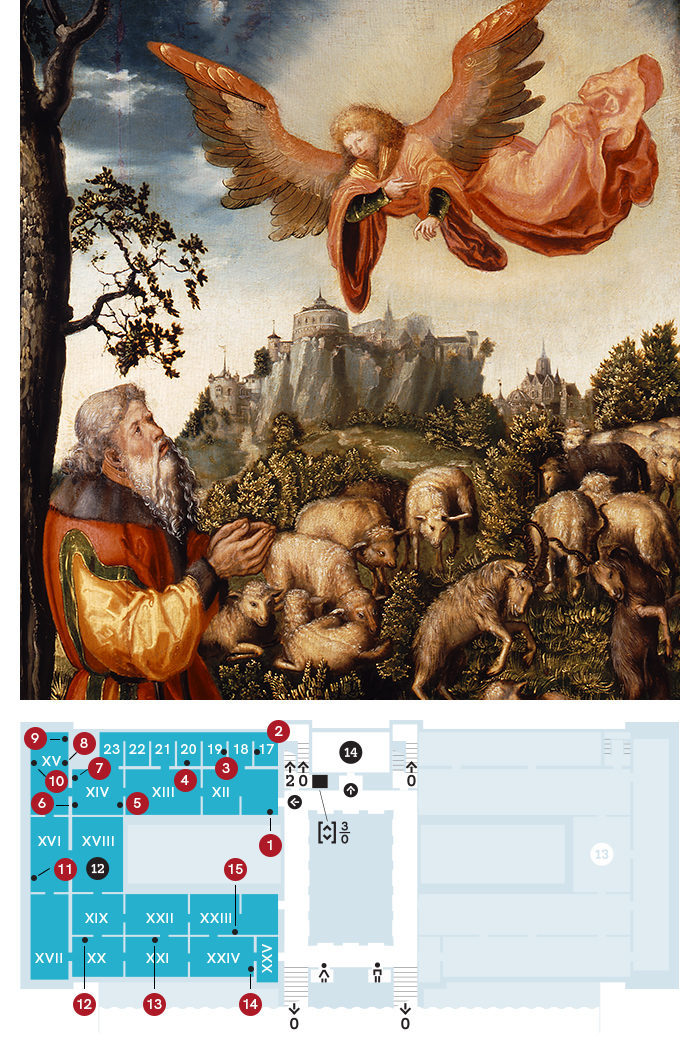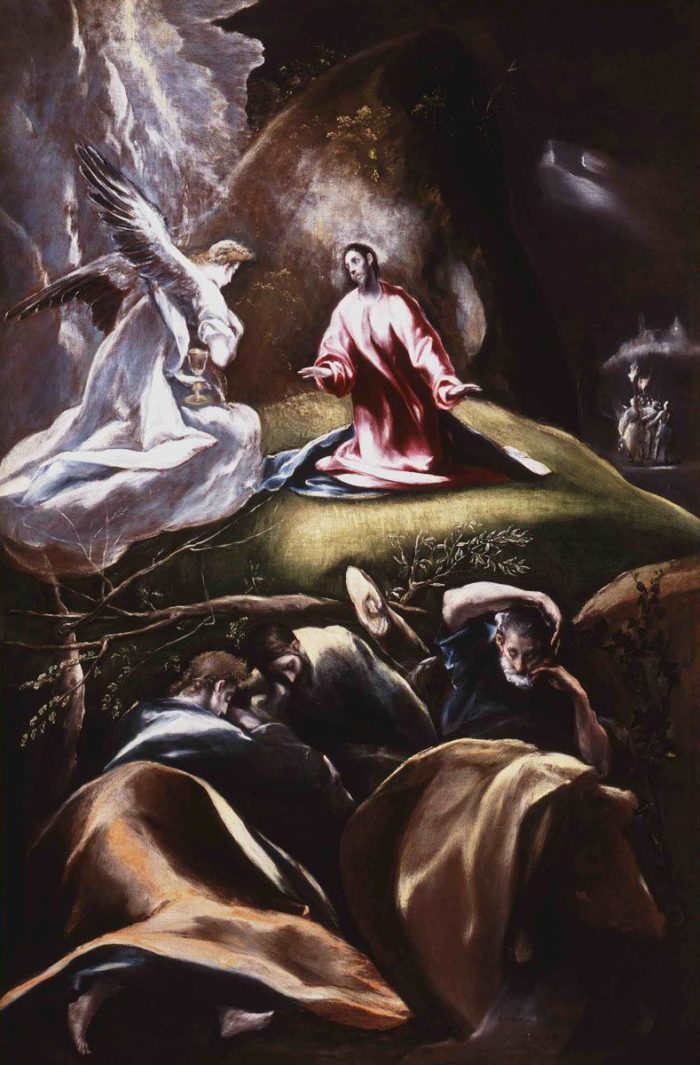
Step into the world of angels at the Budapest Museum of Fine Arts with the enchanting Angel Trail, an experience that delves into the fascinating mysteries surrounding these celestial beings. This self-guided tour takes you on a journey through the museum’s collection of Old Master Paintings, showcasing fifteen exquisite works that explore questions about angels: What roles are they assigned? Are they always depicted as pure and beautiful, or do they sometimes embody other qualities?
The Angel Trail perfectly complements Budapest’s festive season, adding a unique spiritual dimension to the city’s holiday events. As visitors explore Christmas markets, illuminated streets, and traditional celebrations, this trail offers a contemplative perspective on angelic themes, making it an ideal addition to your holiday itinerary in Budapest.
Location: Museum of Fine Arts, Budapest
Address: Heroes’ Square by the City Park / Varosliget, close to popular attractions such as the Szechenyi Bath and the first Underground of Budapest, the Millennial M1 line, or the City Park Ice Rink, the real ice skating rink with vast spaces.
Further sights nearby: the contemporary Kunsthalle / Mucsarnok, Zoo & Biodomes, the House of Music, the Museum of Ethnography, the Circus
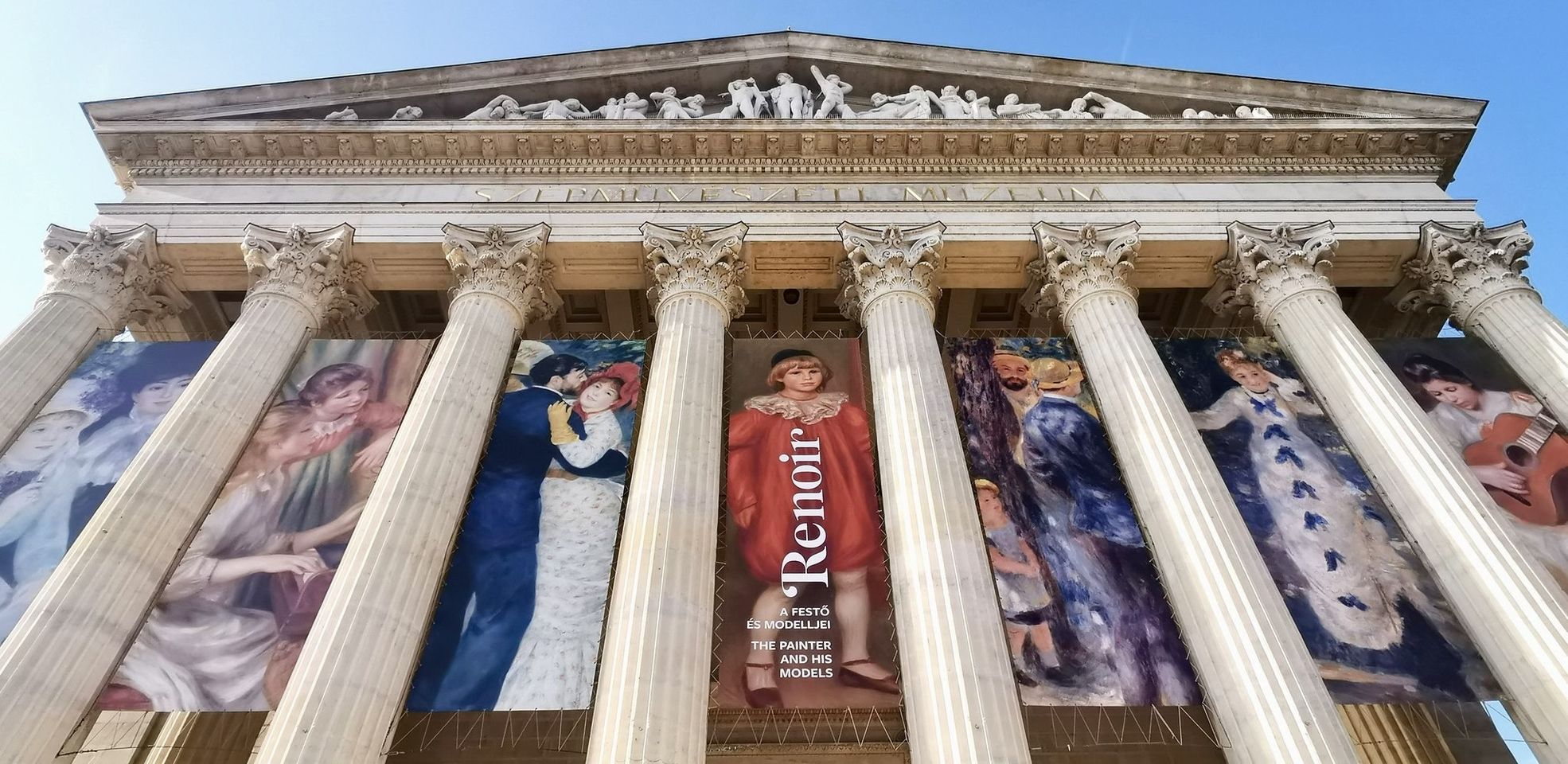
Budapest Angel Trail – Spot the Angel in the Museum of Fine Arts
The following artworks are included in the angel art trail, works from the permanent exhibitions of the Museum of Fine Arts.
Angel Stations: christmas? Spot the Angel!
- Jacopo di Cione: Madonna and Child Enthroned with Six Angels
- Bartolo di Fredi: The Annunciation
- Niccolo di Buonaccorso: The Calvary
- Gerard David: The Adoration of the Shepherds
- Leonhard von Brixen: The Nativity
- Westphalian master: Virgin and Child Enthroned with Six Angels
- Hans Holbein the Elder: Death of the Virgin
- Lucas Cranach the Elder: The Mystic Marriage of Saint Catherine of Alexandria
- Lucas Cranach the Elder: The Annunciation to Joachim
- Albrecht Altdorfer: Crucifixion
- Gil de Siloé: Saint Michael
- Marco d’Oggiono: Angel with a Thurible
- Jacopo Palma il Giovane: The Dead Christ with Two Angels
- El Greco: Christ on the Mount of Olives
- Jan Brueghel the Elder: The Allegory of Abundance
Let us know what took you by surprise and what you think of the old masters’ works.
angels – 5 surprising facts
5 Essential Things About Angels in Nativity
- Messengers of the Good News: In the Nativity story, angels play a central role as messengers, announcing the birth of Jesus to Mary, Joseph, and the shepherds, fulfilling their role as divine heralds.
- The Annunciation: The angel Gabriel’s appearance to Mary, known as the Annunciation, is one of the most iconic moments in the Nativity story. Gabriel informs Mary of her role as the mother of Jesus, setting the entire story into motion.
- Guidance to Joseph: An angel appears to Joseph in a dream, guiding him to accept Mary’s miraculous pregnancy and later instructing him to flee with his family to Egypt to escape King Herod’s persecution.
- Heavenly Hosts: A multitude of angels, referred to as the “heavenly host,” appear to shepherds in the fields, singing praises to God and proclaiming peace on Earth to mark the miraculous birth.
- Angels as Protectors: Beyond the Nativity, angels continue to protect the holy family, guiding and safeguarding Jesus, Mary, and Joseph as they navigate challenges and dangers in the early years of Jesus’s life.
Surprising Things About Angels in the Nativity
- Shepherds’ Only Witnesses: Surprisingly, the angels appear only to shepherds—members of society who were often looked down upon. This choice emphasizes the universal nature of Jesus’s birth and message.
- Not Always Beautiful: While angels are often depicted as beautiful, early Nativity depictions showed them as more humble, even plain, emphasizing their role as messengers rather than aesthetic beings.
- Silent in Some Traditions: In some Nativity scenes, the angels are portrayed as silent or invisible presences, conveying messages through symbols rather than words, creating a mysterious element in the storytelling.
- Absent in Some Early Nativity Art: Angels were not always featured in early Nativity art. In some of the earliest representations, they’re omitted entirely, as early Christians focused more on Mary and Jesus’s humble setting.
- Link to Star Symbolism: While the star is central to the Wise Men’s journey, in some traditions, the star is seen as an angel in disguise, guiding the Wise Men to Bethlehem in a hidden form.
